Growing Kale Indoors Hydroponically: A Step By Step Guide [2023]
Do you want to be growing kale indoors hydroponically and need all the know-how? You’re in the right place!
Hydroponic gardening is when you grow plants without using soil. The plants are grown in a water-based nutrient solution, either in a soilless medium or with the roots dangling into the solution, depending on the plants as well.
The advantages of hydroponics are that it can be done anywhere, indoors or outdoors, and doesn’t require as much space as soil-based gardening.
And, kale is one of the best vegetables to grow hydroponically as they are high in nutrients and generally easier to manage compared to some other vegetables.
So growing kale indoors hydroponically is a great option!
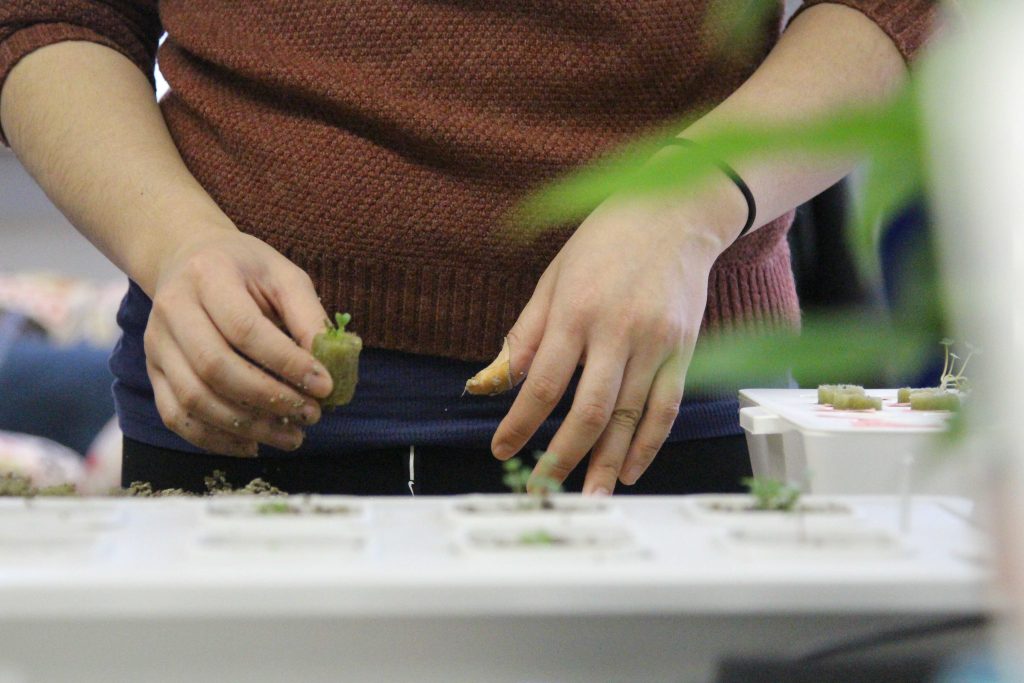
Let’s get into the step-by-step of how you can start growing kale indoors hydroponically and learn a little more about keeping your kale plant alive!
Growing Kale Indoors Hydroponically: A Quick Guide
Step 1: Choosing Your Hydroponic System For Growing Kale
Step 2: Getting Started With Seed Or Cuttings
Step 3: Seed Starting In Growing Media
Step 4: Growing Kales from Seed In Hydroponics
Step 5: Harvesting Hydroponic Kale
Optimal Conditions For Growing Kales Indoors Hydroponically
Benefits Of Growing Kales Indoors
Affiliate Link Disclosure
Some of the links here are affiliate links, and I may earn if you click on them AT NO EXTRA cost to you. I hope you find the information here helpful! Thanks.
Related Posts
- 7 Best Hydroponic Nutrients For Vegetables
- How To Grow Tomatoes Indoors With Lights + Growing Tips! [2023]
- Scindapsus Pictus (Satin Pothos) – How To Grow A Healthy Indoor Plant
- 13 Best Kale Smoothies For Weight Loss You Have To Try!
Step 1: Choosing Your Hydroponic System For Growing Kale
There are a few types of hydroponics systems that are good for growing kale indoors hydroponically. Let’s check them all out to understand the best methods when growing kale in containers indoors hydroponically:
1. DWC
DWC (Deep Water Culture) involves suspending plants above a reservoir. Plants are attached to the system in netting pots, either with or without an additional growing media.
The roots dangle below the reservoir while suspended above it, soaking up water, nutrients, and oxygen as required.
When you choose this method, there are two systems you could work with:
- Bucket System – Hobbyists typically use this kind of setup to grow kale in the convenience of their own homes. The Bucket system’s installation procedure runs quite smoothly.
- Floating Rafts – Commercial farmers of kale that want to increase the number of plants in their hydroponic system typically use this setup.
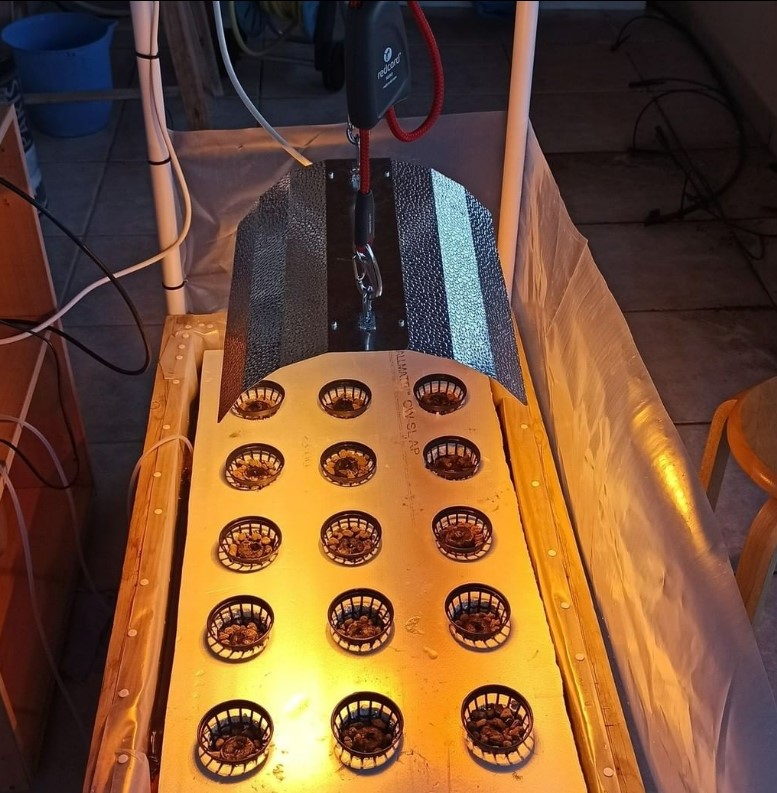
2. Ebb and Flow
Hydroponic systems using the ebb and flow technique use a growth tray that is gradually filled and then drained. When the tray is saturated with nutrients, the plants receive them, and when it is drained, the roots are exposed to oxygen.
A timer and water pump govern the sequence of events.
3. Kratky
The Kratky method is about the same as the DWC. The difference is that the DWC method requires an air pump, air stone, and tubing, but the Kratky method does not.
The Kratky instead uses a reservoir stocked with a solution of water and hydroponic fertilizers, typically in a straightforward plastic container. On top of the reservoir is a lid. There is air space between the cover and the water’s surface.
The Kratky method is the easiest to maintain as it is a passive method. Once you set it up, you can just leave it. It works without any pumps, bubblers, wicks, or timers like some of the other methods.

4. NFT
NFT stands for “Nutrient Film Technique”. It is a recirculating hydroponic system.
The very low-flow irrigation that supplies the plants in the system gives the nutrient film technology its name. To maintain a thin “film” of the nutritional solution.

Step 2: Getting Started With Seed Or Cuttings
Starting from seed is usually the most convenient method. Being able to watch your seeds develop into mature plants is always rewarding. Because hydroponics has perfect control over the environment, it is a great way to germinate seeds.
Step 3: Seed Starting In Growing Media
For the germination phase, seeds are often placed in growing cubes. Since not all seeds will germinate, you can put four seeds per cube and pinch off any surplus afterward.
To expedite the procedure, many professional growers employ vacuum seeders. You can also use pelleted seeds because they are encased in clay and are simpler to handle.
The ideal germination temperature for your seeds is between 60-75°F. They can also germinate at lower temperatures but at a slower rate.
Place seeds inside your starter cubes after soaking them in non-chlorinated water. Place these cubes on a grow tray and give them a daily drink of nutritional solution at 1/4 strength.
When given the proper care and treatment, kale seedlings germinate for about 5-8 days.
Step 4: Growing Kale from Seed In Hydroponics
When you are growing baby kale to full growth, you need to follow the following so that they grow into healthy leaves:
- Fill your water reservoir with kale nutrients. How much water does kale need? Ensure the roots are submerged in water.
- Set the pH of your water to around 5.5 and 6 and the EC to approximately 0.8 to 1.9.
- Set the water temperature to around 65°F- 70°F.
- Transplant seedlings/ plants into grow sites.
- Keep the temperature around your system between 50°F and 80°F.
- Your lights should be on for 6 to 10 hours and off for 18 to 14 hours.
- Every 14 to 21 days, change the water and nutrients in your system.
Importantly, you must always pay attention to your plant, system, and all its parts. That’s how to grow kale hydroponically well.

Step 5: Harvesting Hydroponic Kale
So, how long does it take to grow kale hydroponically?
If you want to harvest baby kale, you should be able to within 20 to 30 days from when they’re transplanted into the hydroponic system.
As for fully mature kale, it can take anywhere from 90 to 120 days.
Keep in mind that the variety and growing conditions also play a part in the duration when you’re wondering how long does it take to grow kale.
Optimal Conditions For Growing Kale In Hydroponics
Temperature
In order to produce kale hydroponically, you must be conscious of the surrounding environment. Temperatures should be kept cool as most kale plants perform best at temperatures below 65°F.
Although the flavor of kale increases with cooler weather, you should never allow the temperature in your grow room to drop below 40°F since this will impede the growth of your plants.
Additionally, the water temperature needs to be between 63°F and 72°F. It is necessary because high temperatures substantially limit the solution’s oxygen-retaining ability. Plants take the majority of their oxygen from their roots, which is required for root development.
Also, take note of the following:
- Air surrounding the system needs to be around 50°F to 80°F.
- Humidity levels should be at about 45% and 55%.
Lighting
Kale needs 6 to 10 hours of light per day. Kale thrives under direct sunlight. You can also get You should get a grow light to help give them sufficient light. Fluorescent lighting is effective, but LED lighting is more energy-efficient.
Whichever solution you choose, make sure there is adequate space between the overhead lights and the plants to avoid burning the foliage.
Reduce the amount of nitrogen and potassium you use to fertilize your plants if you need to grow your kale plants in lower-light conditions,
Nutrient Solutions And Feeding System
When you’re growing kale plants hydroponically, they should be grown in a nutrient solution with a pH between 5.5 and 6.5. Use a nutrition solution designed specifically for kale or other cruciferous vegetables to avoid burning the plant with too much nitrogen.
These solutions also contain magnesium sulfate and calcium. You can always add these if they aren’t in your nutrient solution.
Additionally, you want your EC level between 0.8 to 1.9 and your PPM between 560 to 850.
If you’re wondering what the heck these are, don’t worry. I wondered too when I was a fresh young gardener.
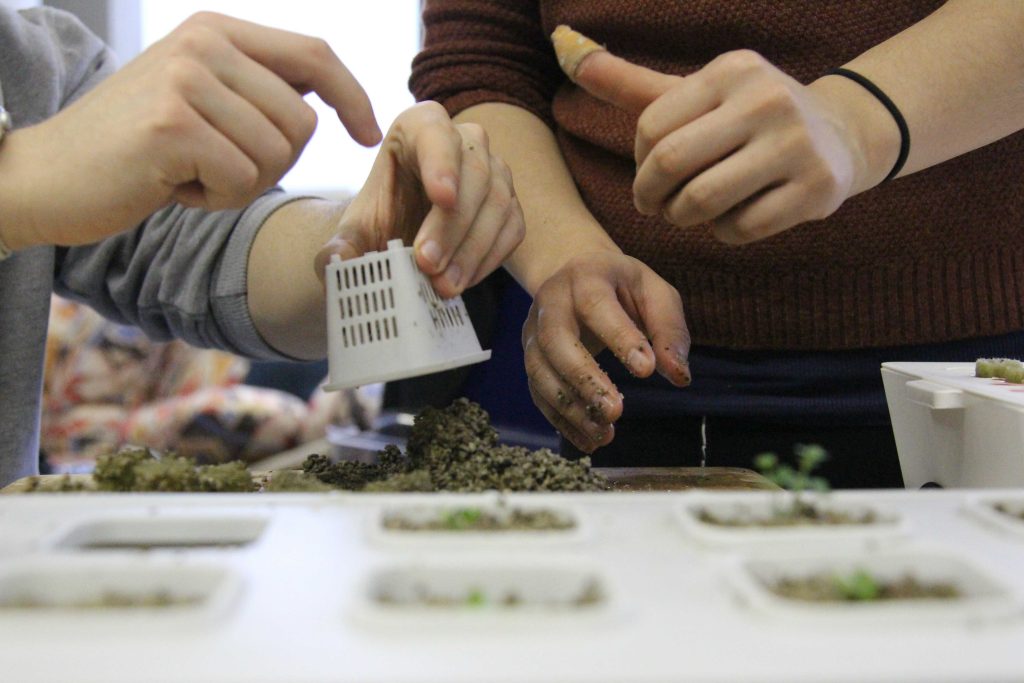
- EC stands for Electrical Conductivity.
Pure water, i.e., H2O that contains no additional minerals or molecules, does not carry an electrical current. However, once mineral salts are dissolved in it, the electrical characteristics of water alter dramatically.
The great bulk of hydroponic nutrients are salts like nitrates and phosphates.
As a result, adding nutrients raises the EC of the water. If you have the EC measurement, you can get a pretty good idea regarding nutrient concentration levels in your water.
Monitoring the EC of the nutrient solution: Frequent EC monitoring will allow you to make adjustments before things go awry. Both high and low EC impair the plant’s ability to absorb nutrients.
We measure EC using two connected units, which are milliSiemens and microSiemens. 1 milliSiemens = 1000 microSiemens.
- PPM is Part Per Million
PPM is roughly equivalent to %. Just as one percent equals one hundred, one ppm equals one million parts per million.
Pollution levels in water and air are frequently measured in parts per million (ppm). Utilizing the metric system makes PPM simpler to grasp.
For example, to achieve a salt concentration of 1ppm in water, dissolve 1 milligram of salt in 1 liter of water.
Benefits Of Growing Kales Indoors
1. Easy access to healthy options – think kale smoothie, yum!

2. Cute decor options – kale make great houseplants
3. Save money on groceries
4. Benefit from this superfood! Kale has been credited to:
- Improve eyesight
- Boost immune system
- Strengthen bones
5. Relatively easier to watch and less vulnerable to outdoor conditions/ disturbances like pests or animals trampling all over your plants.
6. You have complete control of the entire process; you know how it was grown, and what went in it, and you don’t have to worry about harmful pesticides.
7. You can harvest and grow them all year long!

FAQs on Growing Kale Indoors Hydroponically
Does Kale Grow Well Hydroponically?
Does kale grow well hydroponically? Kale is considered one of the most suitable crops for the hydroponic system. Due to its flexibility and nutrient-richness, it is widely grown on various hydroponic farms in India. The delicious flavor of kale is well-known around the world.
Is Kale Easy To Grow Hydroponics?
Kale is easy to grow hydroponically. The hydroponics method works well for several types of plants. However, Kale is a favorite as it is high in demand and versatile to use.
Can Kale Survive Indoors?
Yes, kale can survive indoors. If you don’t have a grow light setup, you can still plant kale seeds indoors – place them on a sunny windowsill or a sunroom. Find your most sunny window and pick a shelf near or windowsill. A tray with a humidity dome is great for kale germination.
What Vegetables Can You Not Grow Hydroponically?
What vegetables can you not grow hydroponically? Mushrooms are just about the only common vegetable that can’t be grown hydroponically. This method is fantastic for producing lettuce, rhubarb, spinach, silverbeet, and Asian greens. Fruiting vegetables like cucumber, eggplant, tomatoes, and zucchini also thrive because there is little chance of them drying out throughout their growing season.
Let’s Try Growing Kale In Hydroponics!
Growing kale indoors hydroponically is a great way to grow your food. It is also a great way to save money on groceries – kale is expensive where I live in Malaysia!
Money-saving tip and all, it’s always a great idea to start growing kale hydroponically, since hydroponic gardens can also grow more produce per square foot than soil-based gardens. Yay for more kale!
Growing kale indoors hydroponically is not difficult, but it does require some time and effort. From this guide, you can start to gather all the right equipment and supplies before you begin growing your kale indoors hydroponically.
I think you’re all set now – get your green thumbs working!
Related Posts


![Why Are The Leaves On My Plant Curling?[And How To Fix It!]](https://aboveandbeyondgardening.com/wp-content/uploads/2021/10/Why-are-the-leaves-on-my-plant-curling-768x502.jpg)

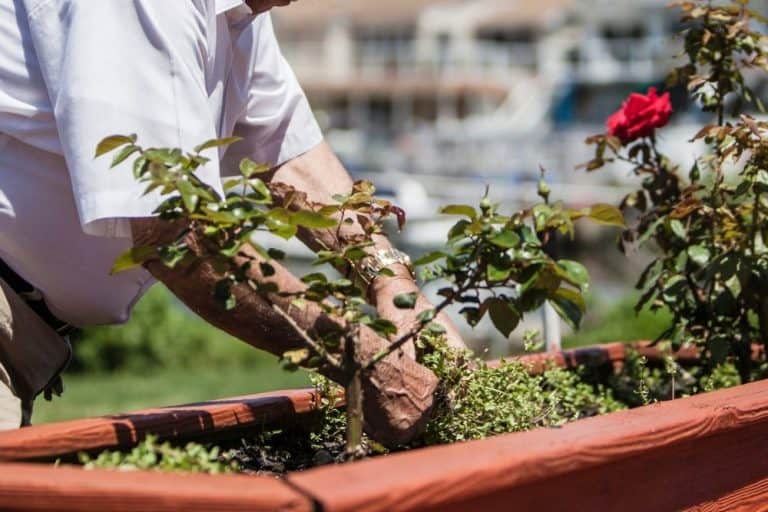
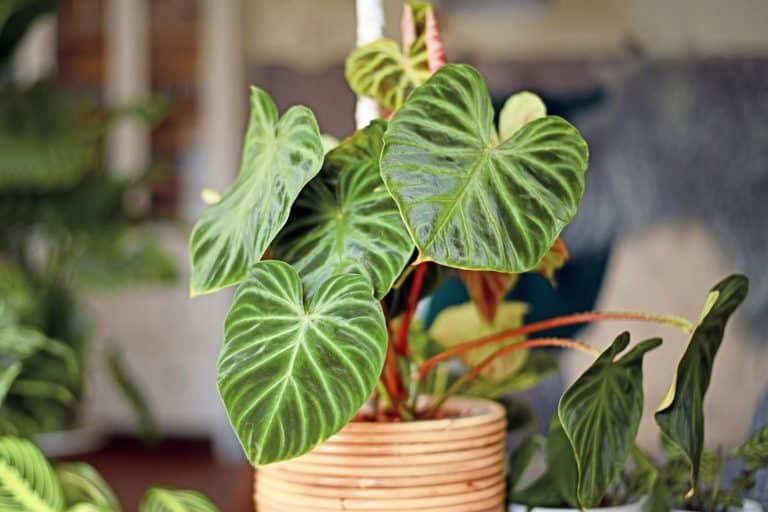
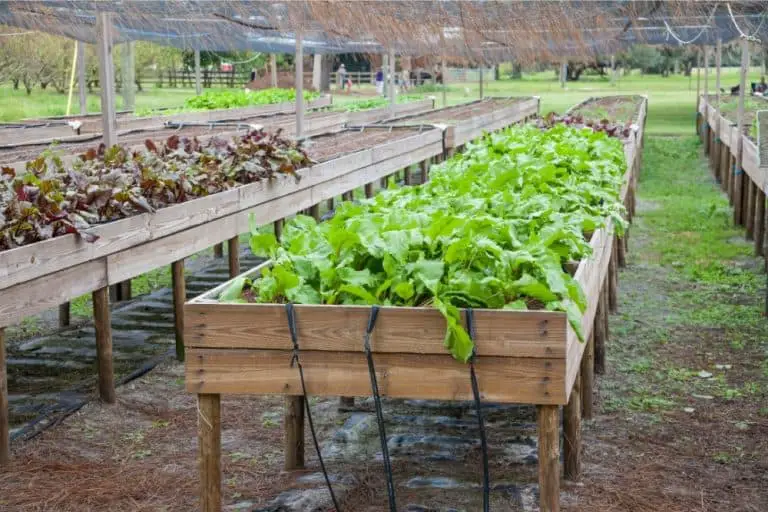
![Why Is My Garlic Purple? [And Is It Better Than White Garlic?]2022](https://aboveandbeyondgardening.com/wp-content/uploads/2021/10/Why-Is-My-Garlic-Purple-768x545.jpg)